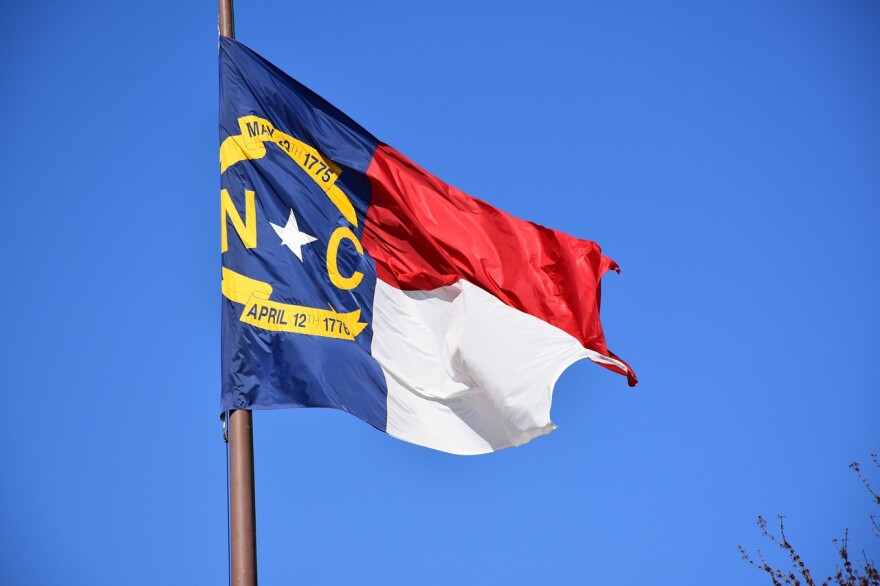New U.S. Census Bureau data analyzed by the Pew Research Center shows the number of undocumented immigrants has grown sharply in recent years.
Approximately 425,000 undocumented immigrants lived in North Carolina in 2023. That’s roughly 4% of the state’s population and nearly 100,000 more than just two years earlier. Mexico is the country with the most undocumented immigrants in North Carolina.
Undocumented people make up 39% of all immigrants living in North Carolina, and 11% of K-12 students have at least one undocumented parent.
Despite recent population growth, nearly 70% of undocumented immigrants in North Carolina have lived in the state for more than five years.
Pew says these numbers could start to decline as more immigrants leave the country or face deportation.
Nationally, the immigrant population in the U.S. has decreased this year since the Trump administration pushed for mass deportation.







